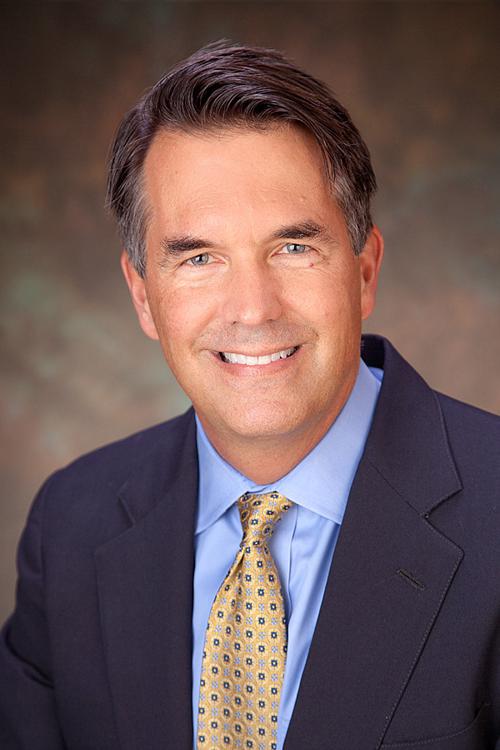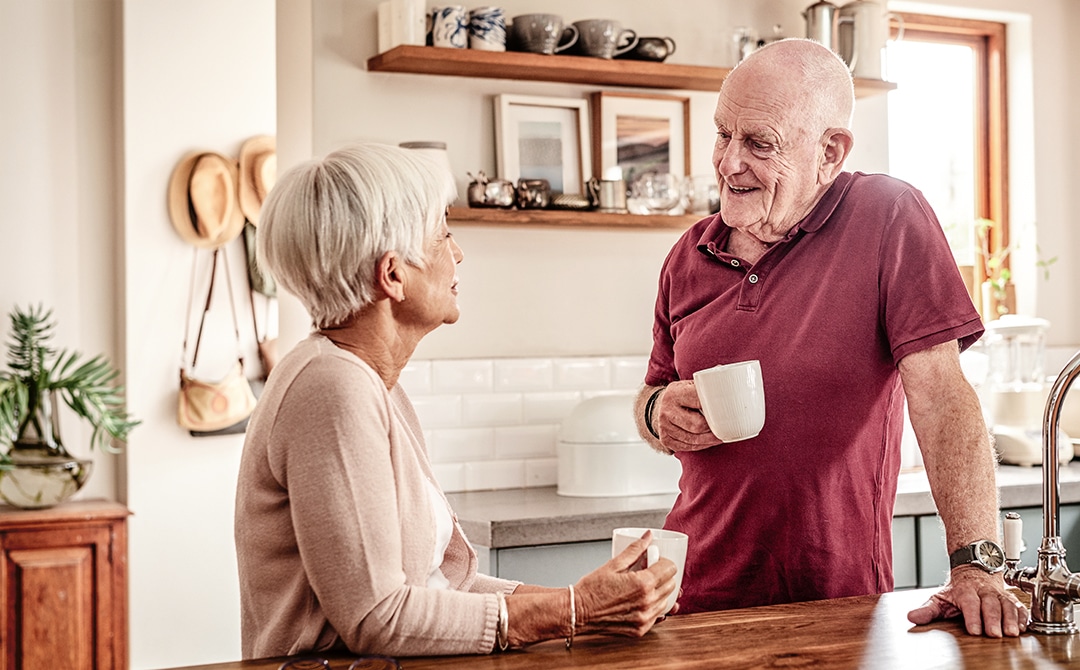If you suffer from back pain, you may have heard of spinal stenosis. But what exactly is the condition and how is it treated?
What is spinal stenosis?
Let’s start with understanding the anatomy of your spine. Your spine is made up of bones called vertebrae that protect your spinal cord. The spine has two canals: one that goes down the center of the spine and ones that project off to the left and right where the spinal nerves exit the spine. The canal in the center, or central canal, protects the spinal cord. The canals off to the sides provide passages for the spinal nerves which are nerve branches attached directly to the spinal cord. These spinal nerves convey nerve signals into and out of the spinal cord from all over your body.
Stenosis of the spine is a condition where the central or side canals become narrowed most often due to spine degeneration as outlined in more detail below. This narrowing can be very irritating to the spinal nerves and the spinal cord itself resulting in pain, numbness, weakness and other complaints.
Let’s take a look at the causes, symptoms and treatments for spinal stenosis.
What causes spinal stenosis?
Some people are born with spinal stenosis. More commonly, spinal stenosis develops as you age. Some common causes of spinal stenosis include:
- Thickened ligaments. Some ligaments surround the spine to provide stability, and over time, especially with arthritis, those ligaments can become thickened. These thickened ligaments take up more room and are a major contributor to spinal stenosis in the central canal causing narrowing around the spine cord.
- Herniated disc. The soft and squishy disks that sit in the space between the vertebrae can bulge or herniate which can cause narrowing around or direct compression of spine nerves. As the discs between the vertebrae degenerate, they can also send off projections called bone spurs which can be irritating to nearby nerves.
- Osteoarthritis. The spine bones are held together in part by spine joints call facet joints. These joints operate in a fashion similar to other joints like your hip and knee joints except in the spine. The spine facet joints allow your spine to have movement, flexibility and stability. As you age and your body experiences wear and tear, the cartilage that lines your facet joints begins to break down which promotes inflammation and pain in the joints. The facet joints can also enlarge just like an arthritic knuckle which can contribute to narrowing around the spine nerves and spinal cord. Also, as your facet joints degenerate, they can develop cysts which can press on nerves just like a disc can.
- Injuries. Injuries to the spine from sports, car accidents or other trauma can cause swelling to the tissues around the spine or a vertebra to shift. This can result in the spinal nerves becoming compressed.
What are the symptoms of spinal stenosis?
The symptoms you experience depend on where the condition occurs:
- Spinal stenosis in the lower back may result in cramping or pain in one or both of the legs. The pain may vary depending on when you’re sitting, standing or bending over.
- Spinal stenosis in the neck can cause numbness, tingling or pain in your arms or legs. Itcan also cause neck pain, balance problems and loss of bladder and bowel function.
How is spinal stenosis treated?
A treatment plan for spinal stenosis varies from person to person and depends on the cause, the part of the spine affected and how severe the symptoms are. Treatment options include:
- Physical therapy and exercise
- Over-the-counter pain medications
- Heat or ice
- Steroid injections
- Surgery
Surgery is usually only considered if your symptoms are severe and all other treatments haven’t provided relief. A surgeon will determine the best approach based on the underlying cause of the cramped spaces in the vertebrae. They may remove the bulging disc that’s causing the pain or the bone spurs that have grown to pinch the nerves.
Choosing the right care team
When you’re in pain, you want a physician that can help get you back on your feet, pain-free andas soon as possible. Northeast Georgia Physicians Group (NGPG) offers a comprehensive team approach to treating spinal stenosis. If your condition does require surgery, the experts at NGPG Neurosurgery offer advanced treatment options, including minimally invasive and ultra-minimally invasive surgical approaches, resulting in smaller scars and shorter recovery times.
To learn more, or to schedule an appointment, visit ngpg.org/spine.



